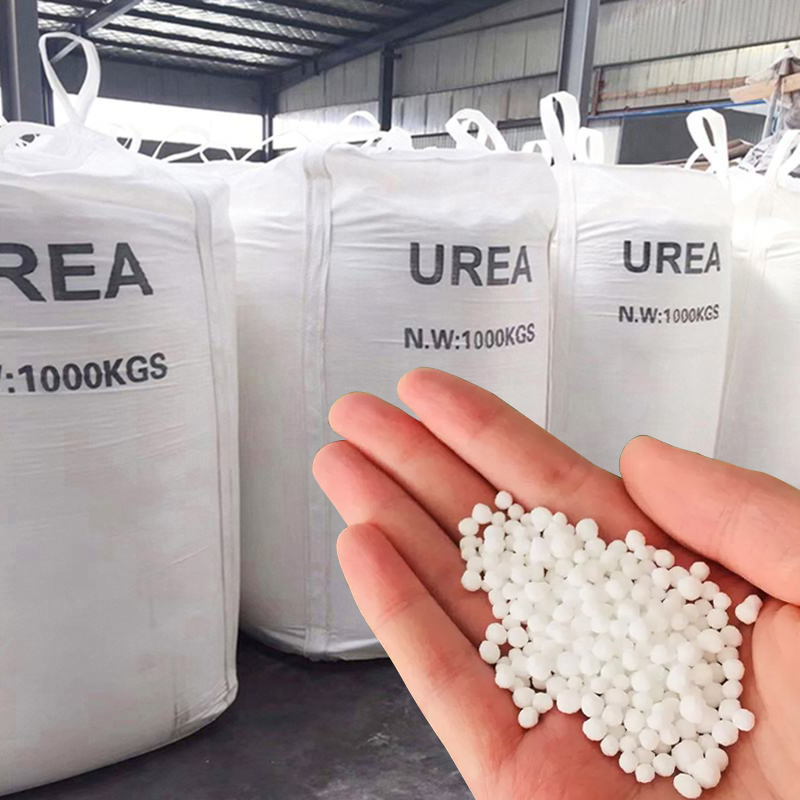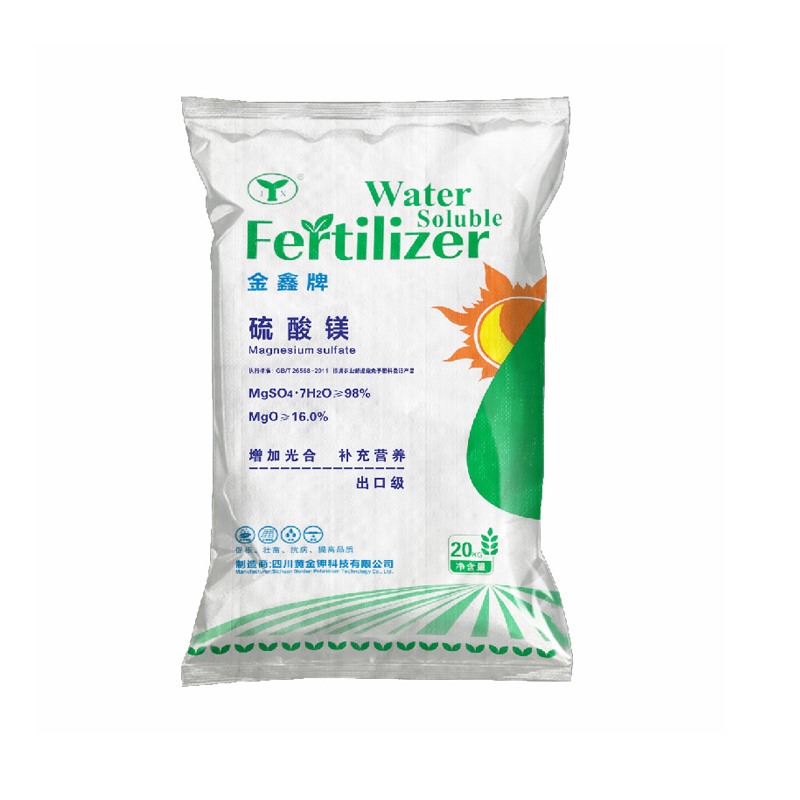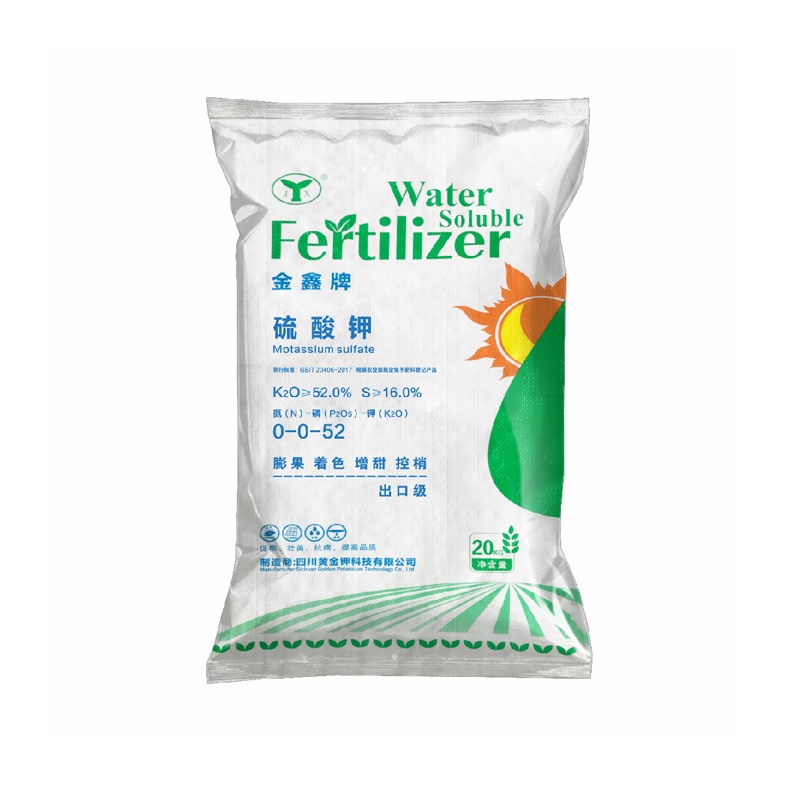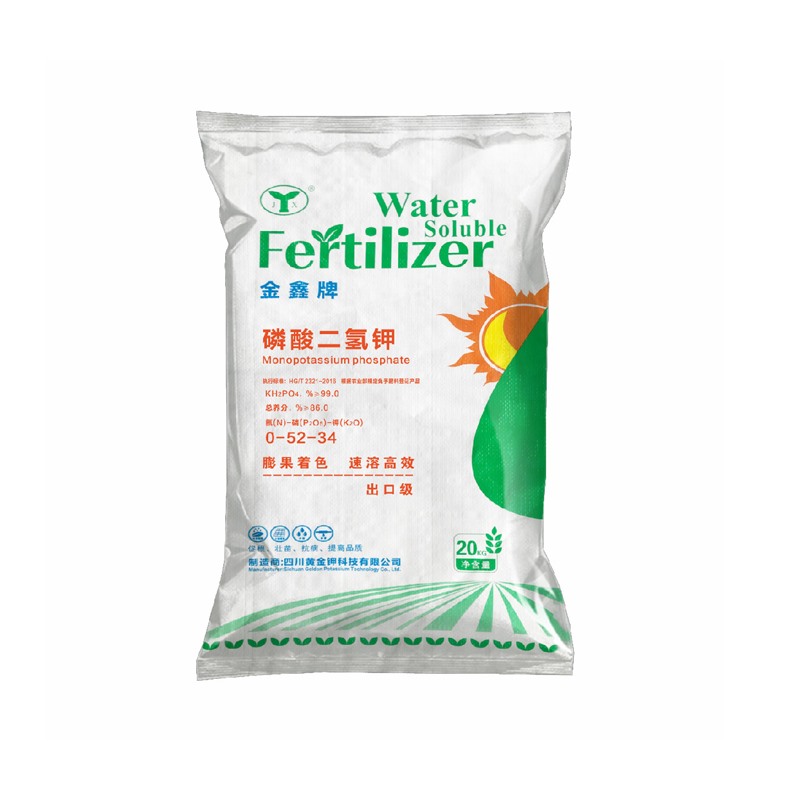How to Properly Apply Potassium Fertilizer
Today, I will focus on the role and type of potash fertilizer, the time to use potash fertilizer, the pH of the field soil, and the potash fertilizer used. The uses of fertilizers are also different. Please listen to the editor and give you an introduction to the information. You will be handy when you understand the characteristics and uses of fertilizers.
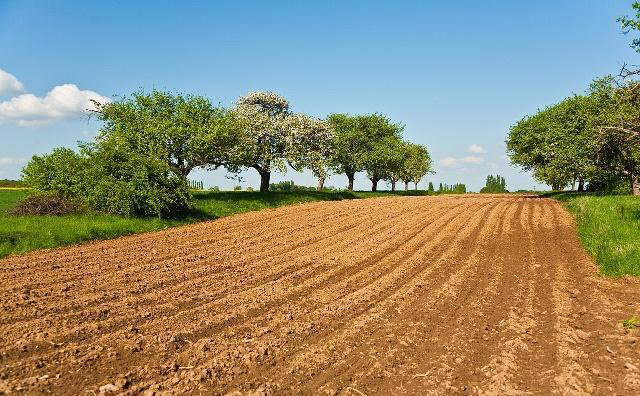
The characteristics and functions of potash fertilizer: the full name of potash fertilizer is potassium fertilizer, which is a fertilizer with potassium as the main nutrient. The size of the fertilizer effect is determined by its potassium oxide content, most of which can be dissolved in water, and the fertilizer effect is faster. And can be absorbed by the soil, not easy to run off. The rational use of potassium fertilizer can make the stem of the tree strong, improve the ability of resistance to pests and diseases, cold, drought and lodging, promote the development of roots, increase the bulbous roots, and promote fruit expansion and good color. Promoting the activation of enzymes The activation of enzymes is one of the most important functions of potassium in the process of plant growth. Potassium can ensure the normal growth and development of crops, increase the content of protein, and can promote the production of sugar and starch, promote protein synthesis, promote Synthesis of Cellulose.

Potassium can regulate cell fluid concentration and cell wall permeability, and can improve the ability of crops to resist pests and diseases, drought and cold. Promoting the early formation of nodules in legume crops can improve the nitrogen fixation ability. Potassium can enhance the disease resistance, cold resistance, drought resistance, lodging resistance and salt resistance of the crops, improve the quality of crop products and increase the protein content of food crops. The role and characteristics of potassium fertilizers, if the crops lack potassium, necrotic spots will appear on the leaf edge of the tree. Initially, the lower old leaves will appear spots, and the leaf edges and tips will turn yellow, followed by scorch and necrosis. Excessive potassium fertilizer will cause shortening of the internodes of trees, dwarfing of the whole plant, yellowing of leaves, and even death. Although potassium fertilizer is good, it should not be used excessively.
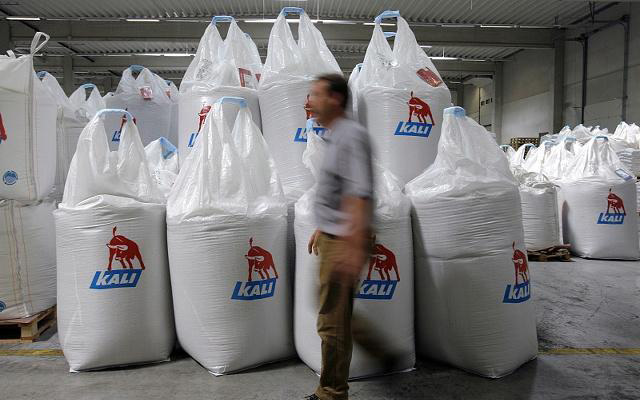
What kinds of potassium fertilizers are there? Common potash fertilizers mainly include potassium chloride, potassium sulfate, plant ash, potassium epsom salt, and pit ash potassium. Potassium sulfate generally contains 50%-52% of active ingredients. It is a good potassium fertilizer suitable for various fruit trees. It can be used as base fertilizer and top dressing. The active ingredient content of potassium chloride is generally 50-60%, which is a physiological acid fertilizer and can be used as base fertilizer, top dressing and top dressing outside the root. The application should be avoided in coastal areas, and the use of Fuji and Hongxing varieties that are susceptible to manganese damage (apple rough skin disease) is prohibited. Pit ash potash fertilizer also contains calcium, magnesium, sulfur, iron and other trace elements. It is an alkaline quick-acting potash fertilizer and can be used as base fertilizer and top dressing, especially suitable for application in acidic and slightly acidic soils. Can not be mixed with ammonium nitrogen fertilizer, superphosphate, so as not to cause loss of ammonium nitrogen and reduce the availability of phosphorus.
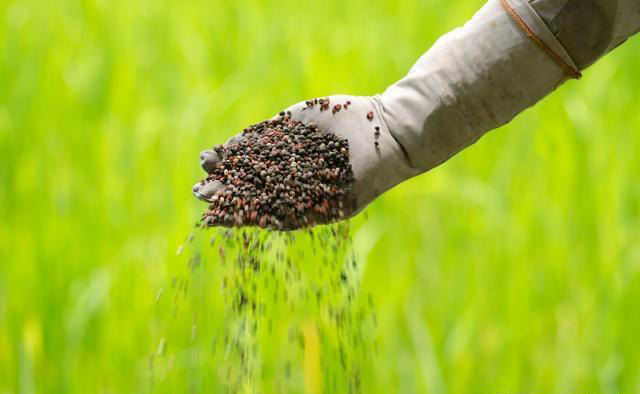
Plant ash contains a variety of ash elements, and plant ash has the most calcium, followed by phosphorus. Plant ash can be used as base fertilizer and top dressing. The best effect of spreading in early spring can not only meet the needs of fruit tree growth and development, but also increase the ground temperature and facilitate root growth. Plant ash is alkaline and cannot be mixed with ammonium nitrogen fertilizers to avoid ammonia volatilization. Each fertilizer has its own uses and characteristics. Farmers and friends must correctly judge which fertilizer to use according to the soil conditions in their fields and the demand signals of crops. For example, the soil is acidic soil. Potassium sulfate can be used. If the soil in your field is alkaline, then you can only use potassium nitrate. You must distinguish the time when you choose the base fertilizer. Use potassium sulfate for acidic soil and potassium nitrate for alkaline soil.
